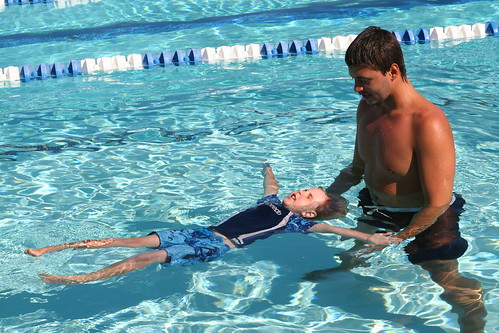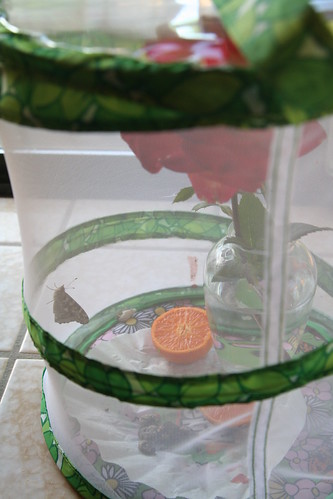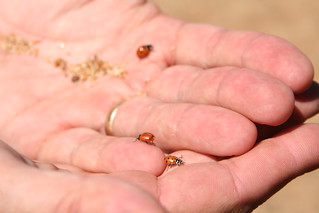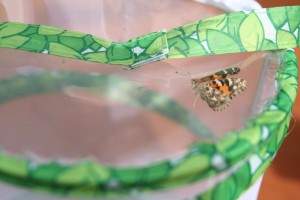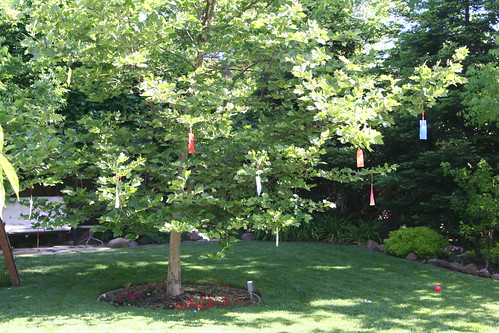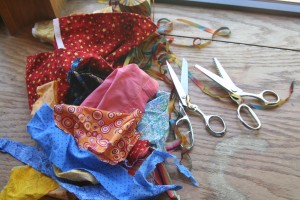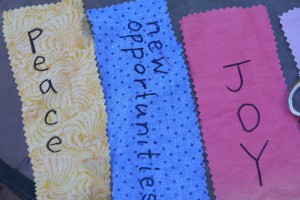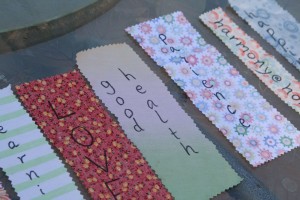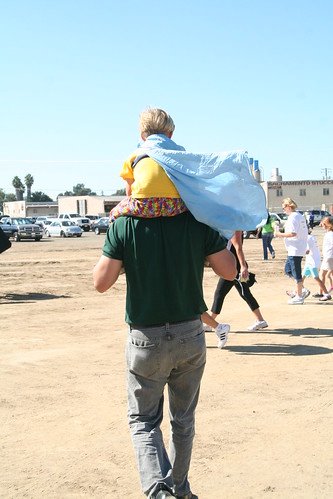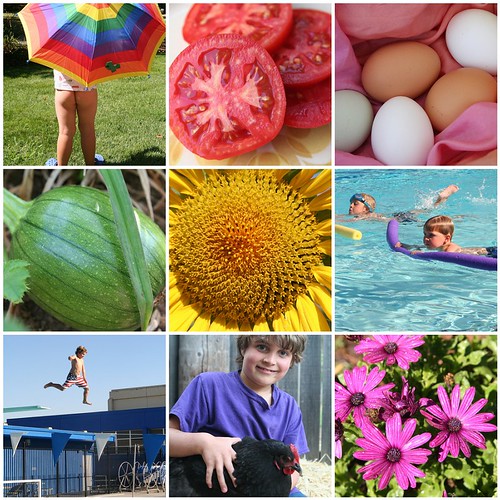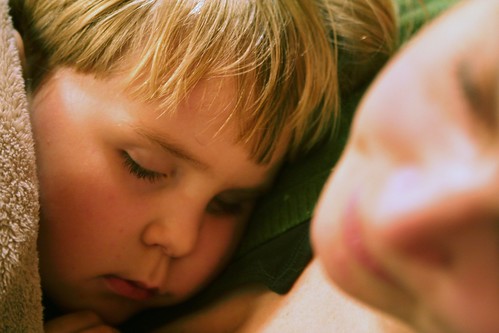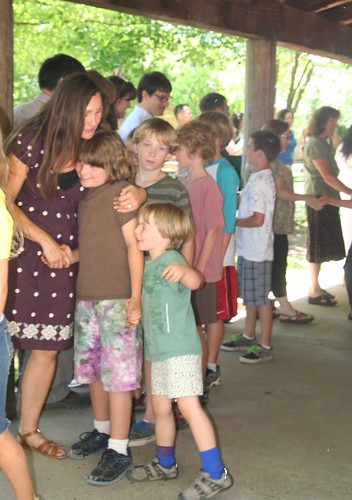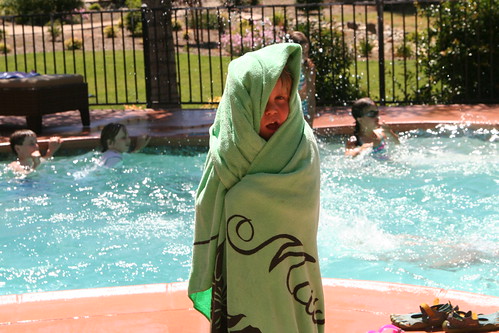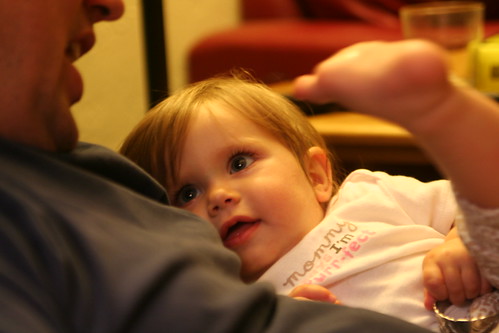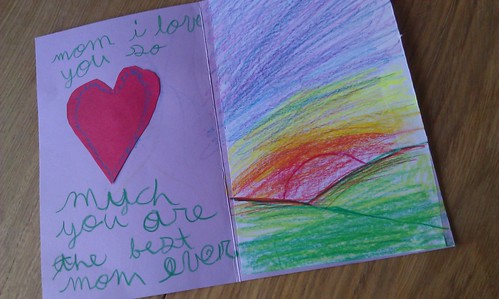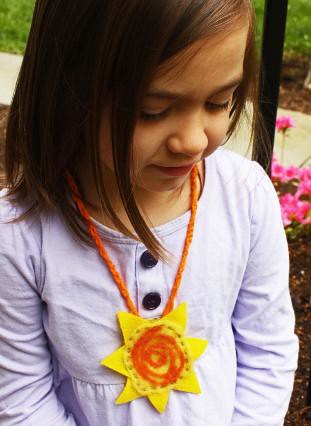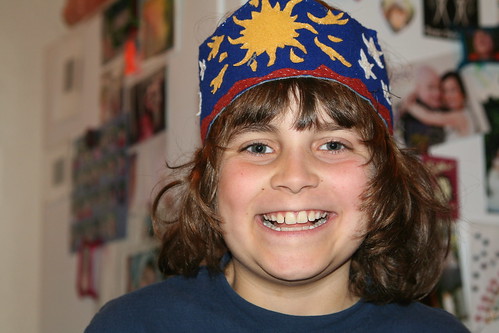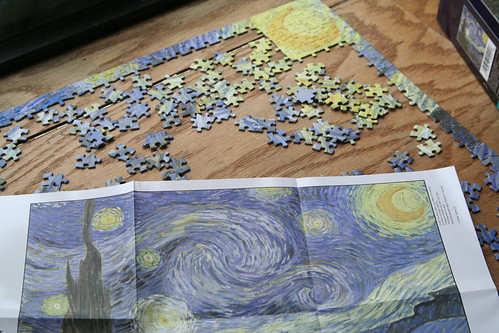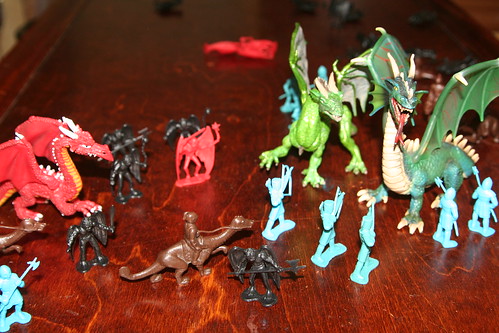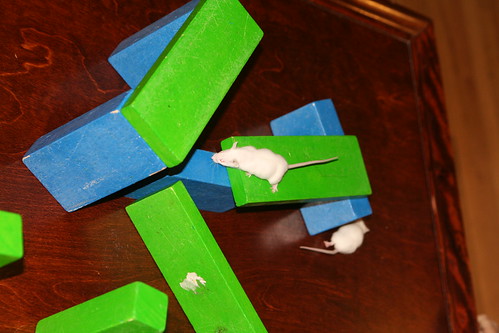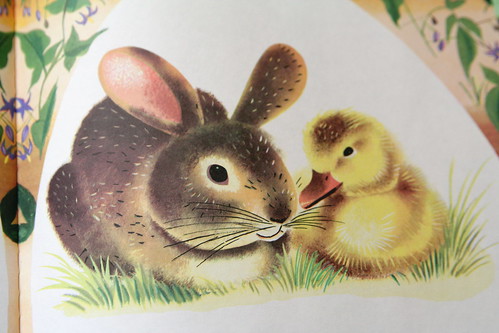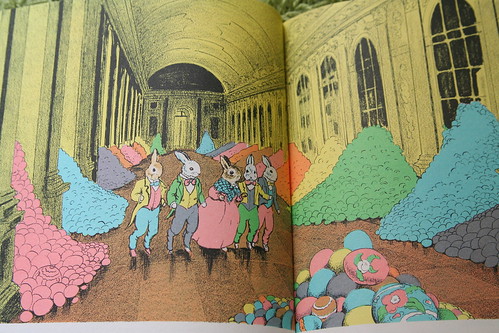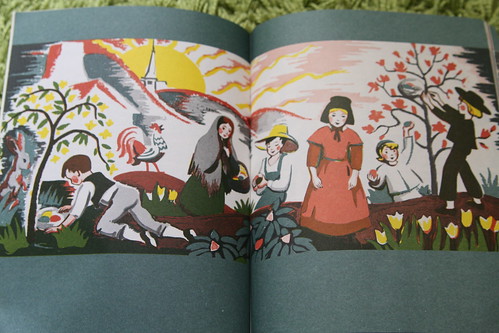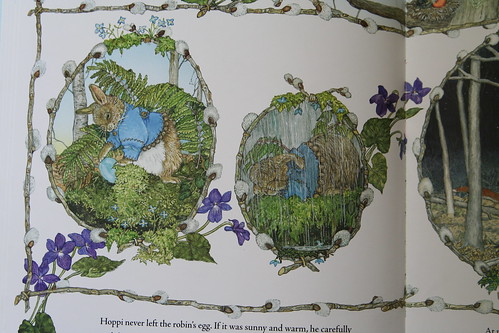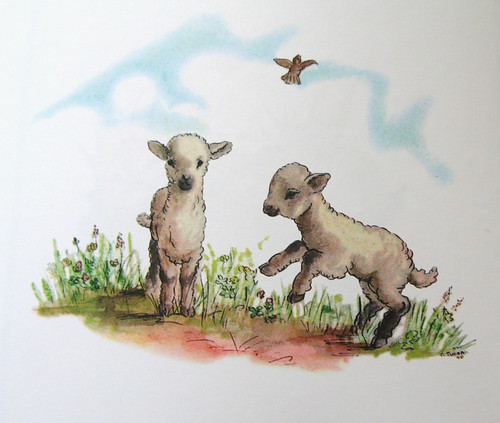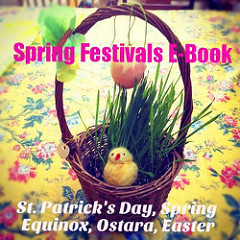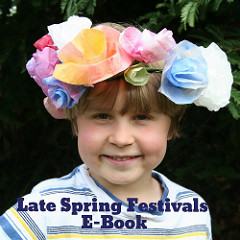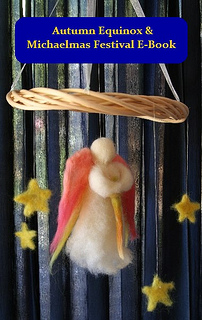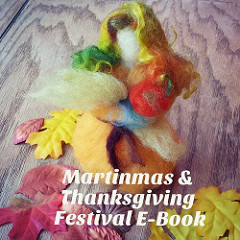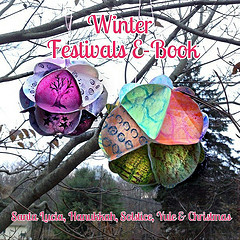Summer Swimming
My darling boys are sure getting good workouts in the pool these days. We are nearly done with Lucas’s a six-week swim team commitment. There are four more days of swim, with the last day a meet.
Lucas was on this American River College Aquatics youth swim team two years ago, and because he was younger then and the length of the commitment a couple of weeks longer, it was kind of a slog. Long before the season was finished, he was ready to be done. I had to coax and cajole to get us through it because I felt it was important not to quit. Last summer, he wasn’t interested in doing swim at all.
But this summer has been altogether different! This summer, Lucas is older, stronger, and more confident. This summer, three of Lucas’s classmates are on the team with him. This summer, he’s better able to take direction and coaching and incorporate new knowledge into his strokes. This summer, the session is a tad shorter. All of these factors have combined to make swim team a lot of fun. He’s getting great exercise four days a week, having fun with friends, and getting to be a stronger swimmer.
This summer, he’s learning the butterfly stroke. His backstroke is beautiful. On June 21, there was an “inner squad” swim meet and these photos are from the meet. The competition of the thing didn’t interest him much at all. He was just determined to swim hard and have fun. I love the photo above because he is smiling while racing!
And for three weeks now, Asher has been taking swimming lessons. This young man (I’ll call him S) is Asher’s very patient and gentle teacher. Asher has learned to trust him during these 20 minute lessons, and S has coaxed Asher along from the point when he was afraid to get his face wet, to floating, going underwater, diving for toys, swimming in streamline position, and now doing “freestyle,” which for Asher is a kind of flailing about and moving slightly forward. But it’s a fantastic start. Now Asher goes underwater for fun, even when S isn’t asking him to. Now Asher jumps from the side of the pool into the water, knowing that S will help him up.
And now when Asher and I swim together, he’s willing to practice these new skills with me, even though it’s not lesson time and S isn’t there to encourage him. This last week, Asher was paired in a group lesson with another little boy, but the boy was very frightened and the swim instructors split them up because they weren’t at the same level. So Asher’s been getting private lessons with S and lots of attention. I watch him closely. I see him negotiating, asking S to come a little bit closer so he doesn’t have to swim quite so far by himself. And he’s always got a smile on his face while swimming with S. This week, S had Asher “dive” with assistance. He sort of carried him head first into the water from the edge of the pool.
The last time Asher had swim lessons, two years ago, he hated every single moment of it. He has come so far!
There are four more days of lessons. For my part, I’m ready to be done driving to the college pool and waiting around in the hottest part of the day for my boys to do their swimming, but I’m so grateful this summer’s swim experience has been so successful and fun for both of them. I’m proud of them. There’s so much good stuff here to build on!




